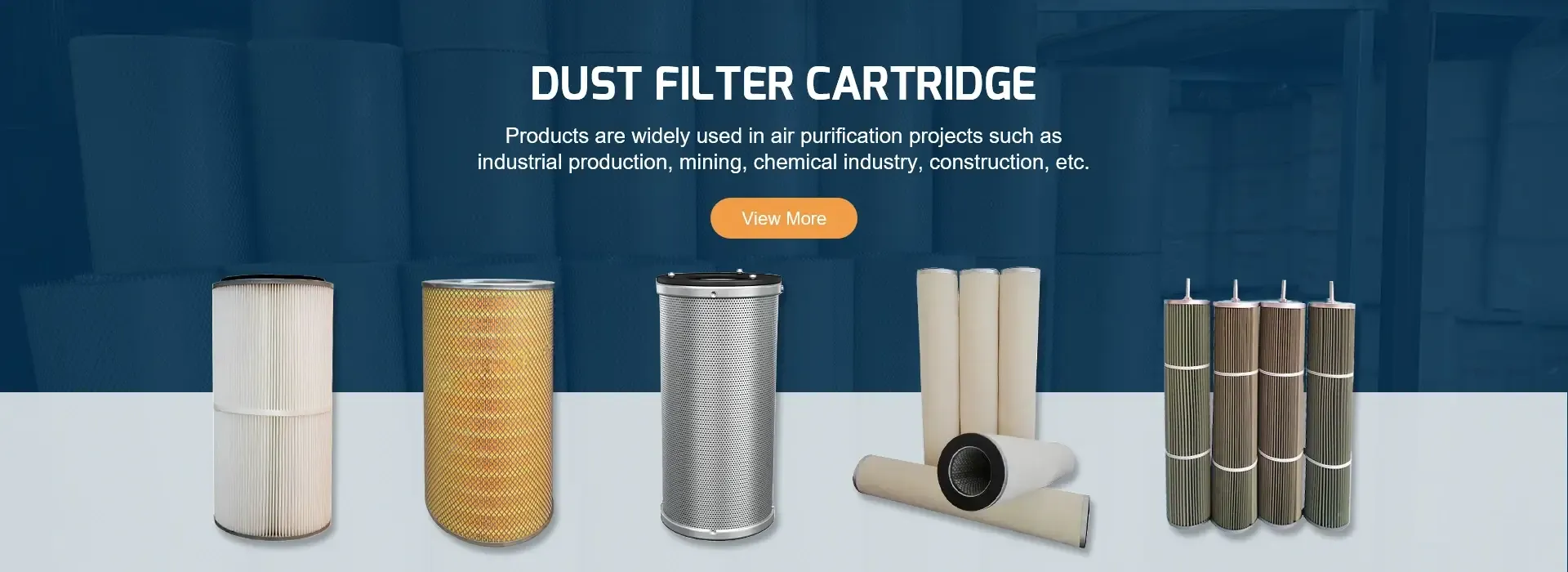 Tel:
+8615930870079
Tel:
+8615930870079
jul . 29, 2024 21:52 Back to list
Innovative Carbon-Infused Cellulose Filter Cartridge for Enhanced Water Purification and Filtration Efficiency
The Significance of Carbon-Impregnated Cellulose Filter Cartridges in Modern Filtration Systems
In recent years, the demand for high-efficiency filtration systems has surged across various industries, driven by the need for cleaner and safer products, as well as regulatory compliance. Among the myriad of filtration solutions available, carbon-impregnated cellulose filter cartridges have emerged as a notable option, combining the strengths of cellulose fiber and activated carbon to deliver enhanced filtration performance.
Composition and Functionality
Carbon-impregnated cellulose filter cartridges are composed of high-quality cellulose fibers that are treated with activated carbon. The cellulose component serves as the primary structural material, known for its mechanical strength and ability to provide a high surface area for filtration. The incorporation of activated carbon enhances the cartridge's capacity to adsorb organic compounds, odors, and a variety of contaminants from liquids and gases. This dual-action mechanism makes these cartridges particularly effective in applications where both particulate and chemical removal are required.
Applications Across Industries
These versatile filter cartridges find applications in several industries, including water treatment, pharmaceuticals, food and beverage, and industrial processes. In water treatment, for instance, they effectively reduce chlorine concentrations and other harmful substances, providing cleaner drinking water. In the pharmaceutical sector, carbon-impregnated cartridges ensure that the final product is free from impurities that could compromise safety and efficacy. Additionally, in the food and beverage industry, these filters are critical for maintaining flavor integrity and preventing spoilage by removing unwanted contaminants.
Benefits of Carbon-Impregnated Cellulose Cartridges
carbon impregnated cellulose filter cartridge

One of the primary advantages of using carbon-impregnated cellulose filter cartridges is their ability to provide a high level of contaminant removal without significantly impacting the flow rate. This is an essential feature for many industrial applications where maintaining efficiency is crucial. Furthermore, these cartridges are often more environmentally friendly than their synthetic counterparts, as they are biodegradable and derived from renewable sources.
Moreover, the lifespan of carbon-impregnated cellulose filters tends to be longer compared to traditional filters. They can often withstand higher dirt loading and offer superior capacity for holding particulate matter without losing functionality. This longevity translates to cost savings for businesses, as fewer replacements are needed over time.
Challenges and Considerations
Despite their numerous benefits, there are also challenges associated with carbon-impregnated cellulose filter cartridges. For instance, the efficacy of these filters can be influenced by the nature and concentration of the contaminants in the fluid being filtered. It is crucial for users to select the appropriate filter based on specific requirements to achieve optimal results. Additionally, while cellulose is biodegradable, the activated carbon materials may vary in their environmental impact based on the source and processing methods used.
Conclusion
Carbon-impregnated cellulose filter cartridges represent a significant advancement in filtration technology, offering a combination of mechanical strength, chemical adsorption, and environmental sustainability. As industries continue to prioritize purity and compliance with regulations, the role of these cartridges will likely grow, making them an indispensable tool in the quest for cleaner air and water. Their versatility, coupled with the ability to enhance process efficiency, positions them as a preferred choice for businesses aiming to maintain product integrity while being conscious of environmental impact. As research and technology continue to evolve, we can anticipate even more innovations in the design and application of carbon-impregnated cellulose filter cartridges, ensuring they meet the future's filtration demands.
-
Types and Applications of Air Filtration CartridgesNewsJul.28,2025
-
The Role of Gas Turbine FiltersNewsJul.28,2025
-
Mastering Air Filter Cartridge UseNewsJul.28,2025
-
Advanced Turbine Filters for Modern Gas TurbinesNewsJul.28,2025
-
Cellulose Air Filter Cartridge Advantages in Dust FiltrationNewsJul.28,2025
-
Cellulose Filters for Air Particle ReductionNewsJul.28,2025

 Email:
Email:





